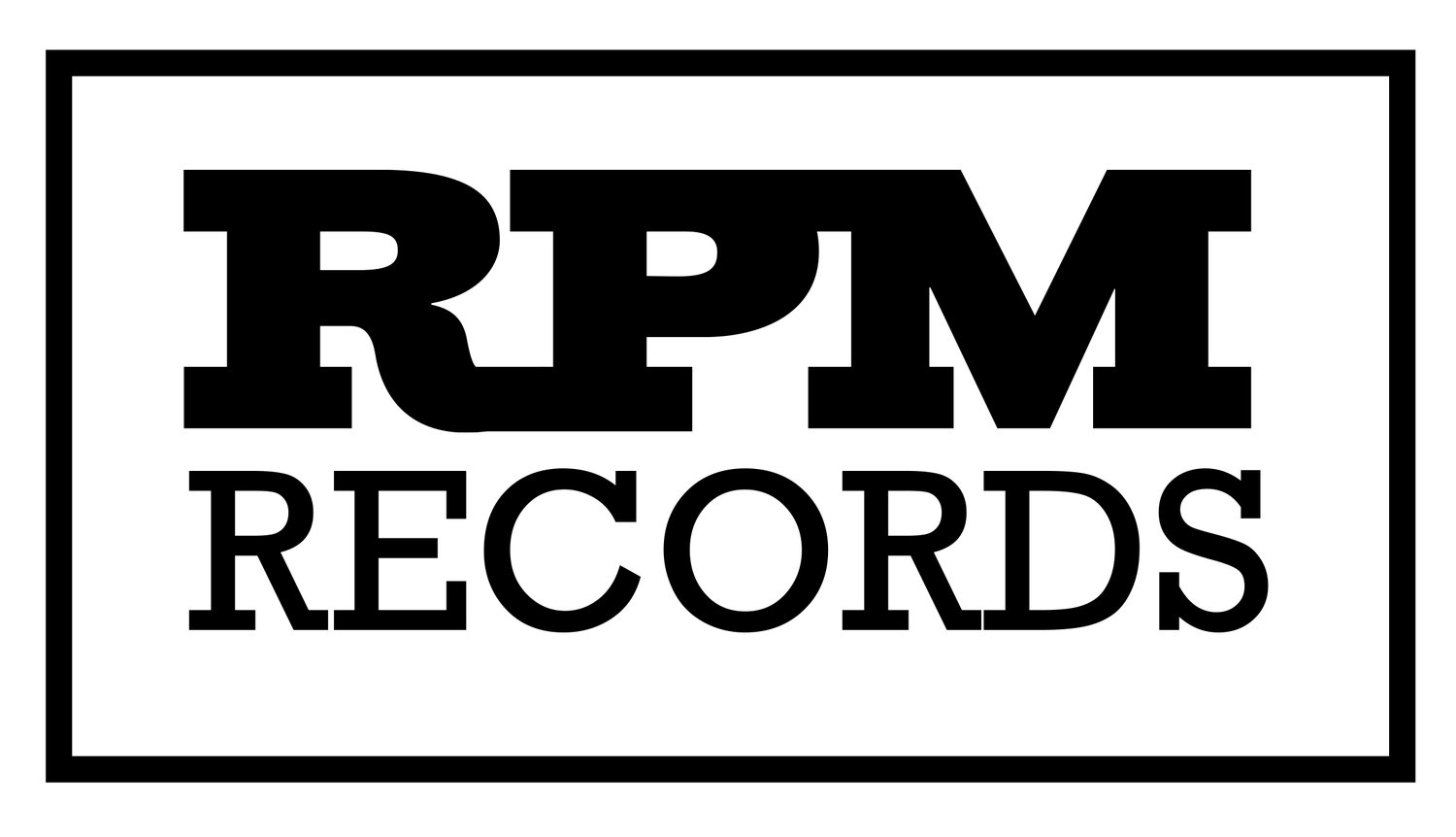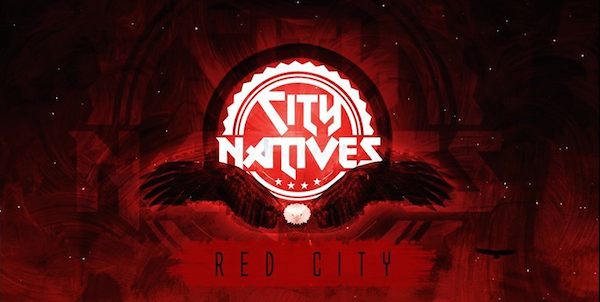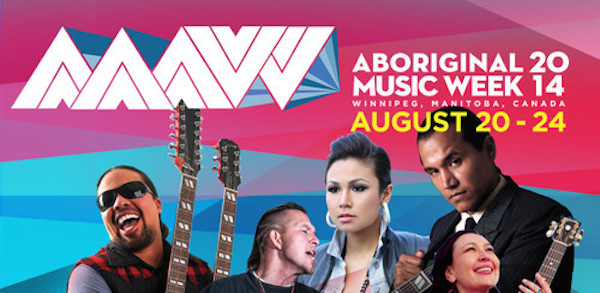How much do you know about Tanya Tagaq's music? To celebrate #MixtapeMonday, we take you inside the epic and artful career of the acclaimed Inuk artist with The Outer Reaches—an exclusive compilation that explores her ever-evolving auditory experiments and creative collaborations.
If it wasn't already eminently clear, Tanya Tagaq is at the visceral vanguard of the Indigenous music renaissance.
Reactions to Tagaq’s win of the 2014 Polaris Prize have been overwhelmingly positive and celebratory. Over at Maclean’s, where Michael Barclay celebrates the “wonderfully weird” nature of the Polaris Prize, he argues that Tagaq is heavier than most metal bands:
Tagaq is not for the faint of heart. Tagaq creates great beauty and great destruction all at once, one woman embodying our relationship with the natural world. Of course, this all sounds ridiculous on paper (or pixels). Until you actually experience what it is she does.
We decided to celebrate Tagaq’s groundbreaking win with a retrospective mixtape exploring her work with many artistic collaborators, so that our readers can experience the outer reaches and incredible breadth of Tagaq’s musical universe.
The mixtape begins with a track from the first recording in her discography, the 2003 Iluani release Erren, which features Ugarte Anaiak and Ganesh Anandan on percussion, and the late, great Canadian fiddler Oliver Schroer. Collaborating with string players is an ongoing theme in Tagaq’s catalogue and, in this mix, we also hear from her current bandmate and producer, violinist Jesse Zubot, and her past bandmate (and RPM regular), cellist Cris Derksen.
Longtime Tagaq collaborator, Vancouver-based DJ and producer Michael Red, who often cross-pollinates electronic productions with Indigenous artists, drops a dub remix of Digging Roots’ Rebel, from their 2006 debut release Seeds, which Red re-released in support of Idle No More.
Joining Tagaq on stage at the Polaris Prize gala were bandmate, drummer, and producer Jean Martin, and The Element Choir directed by Christine Duncan. We hear an early release from the Jean Martin Trio’s 1999 recording Get Together Weather, and an excerpt from The Element Choir’s debut 2009 release At Rosedale United.
As evidenced in her incredible live performances, vocal experimentation is a central theme running through all of Tagaq’s work and in her work with artistic peers. She joined legendary and iconoclastic rock singer Mike Patton on “Fire ~ Ikuma” from her 2008 sophomore release AUK/BLOOD.
No Tagaq mixtape would be complete without hearing from the incomparable Björk, who helped launch Tagaq’s career on the world stage. Tagaq’s unique brand of throat singing can be heard throughout the opening track of Björk’s 2004 release Medúlla, “Pleasure is all Mine".
We conclude the mixtape with the closing track of Animism, “Fracking.” Social advocacy is a strong current throughout Tagaq’s work, which she openly addressed on stage at the Polaris gala, by projecting the names of missing and murdered Indigenous women, defending the traditional and sustainable Inuit seal hunt, and in this haunting track, embodying the environmental devastation caused by fracking. There is no separation in her music between aesthetics, politics, cultural practice, and raw experimentation.
As she has said, "what we're making right now is going to be the new tradition".
So open your senses, release your spirit, listen close, and dive deep into this expansive acoustic world.
The Outer Reaches: Tanya Tagaq Mixtape -
Tracklist
1. Iluani - "Half Way Up the Mountain" (Erren, 2003)
2. Jesse Zubot - "Sundowning Part 2" (Dementia, 2006)
3. Björk - "Pleasure is all Mine" (Medulla, 2004)
4. Digging Roots - Rebel - Mred remix version (Michael Red, 2008)
5. Tagaq - Surge (Sinaa, 2005)
6. Cris Derksen - Dark Dance (The Collapse, 2013)
7. Tagaq - Fire ~ Ikuma (feat. Mike Patton, AUK/BLOOD, 2008)
8. Jean Martin Trio - Get Together Weather (Get Together Weather, 1999)
9. The Element Choir - Cloud Hands (excerpt, fr. The Element Choir at Rosedale United, 2009)
10. Tagaq - Fracking (Animism, 2014)













